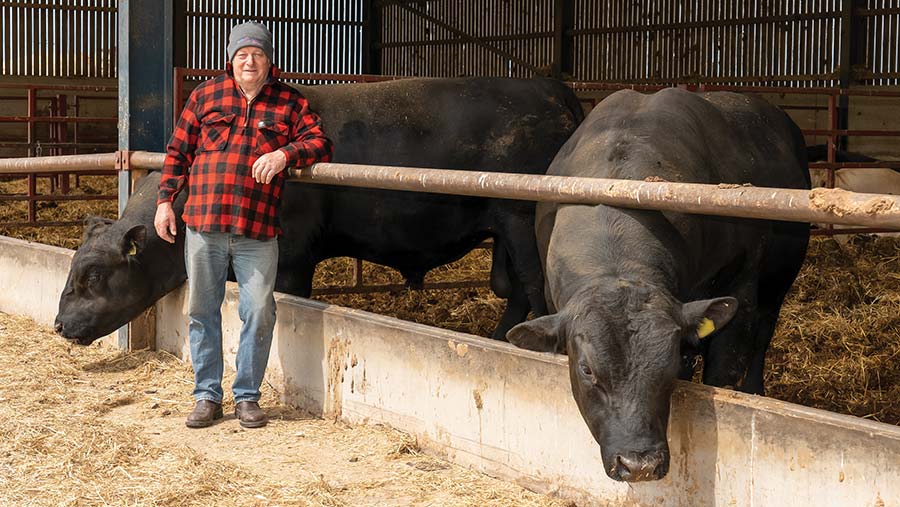Farmer Focus: Farm trucks should be cheap and easy to fix
 James Playfair-Hannay © Angus Findlay
James Playfair-Hannay © Angus Findlay My wife, Debbie, has safely returned from her trip to Ukraine with “Pickups for Peace”.
She travelled with Neil Thomson (a former Farmers Weekly contributor) in his late father’s Freelander. My old white Land Rover, which has appeared in articles before, might not have survived the experience.
However, it is still here, much to the amazement of some.
See also: High-hour Horsepower: Veteran Renault tractor hits 21,000 hours
The machine is integral here. It’s a workhorse, carrying feedstuffs and other materials to all parts of the farm, and is especially handy on the hills with its chunky tyres.
Most days it completes the equivalent of an off-road challenge.
We have tried many vehicles over the years, and the Land Rover Defender 90 has simply been the best.
It is robust, it carries a suitable payload and, above all, is economical to keep. Spare parts are easy to access, unlike many foreign brands of vehicles, and son Robert can fix it, again and again.
The cows recognise it and gladly follow when a change of grazing is required.
What a difference a year makes. Last year was a good one in this part of the country – good crops, good yields and good prices, with no drying charges.
2023 has been poor by comparison, with poor yields of grain and considerable drying costs. This is the first time in 40 years that no spring barley here made malting specification.
At home, we calved 218 cows, producing 217 live calves and 12 dead calves, of which six were twins.
Over the years since we have been pregnancy scanning and picking up twins, we have been unable to get any better than 50% live twins.
Should we be considering using a calving predictor for our cattle scanned with twins? Would it make a difference, and would it be economical?

